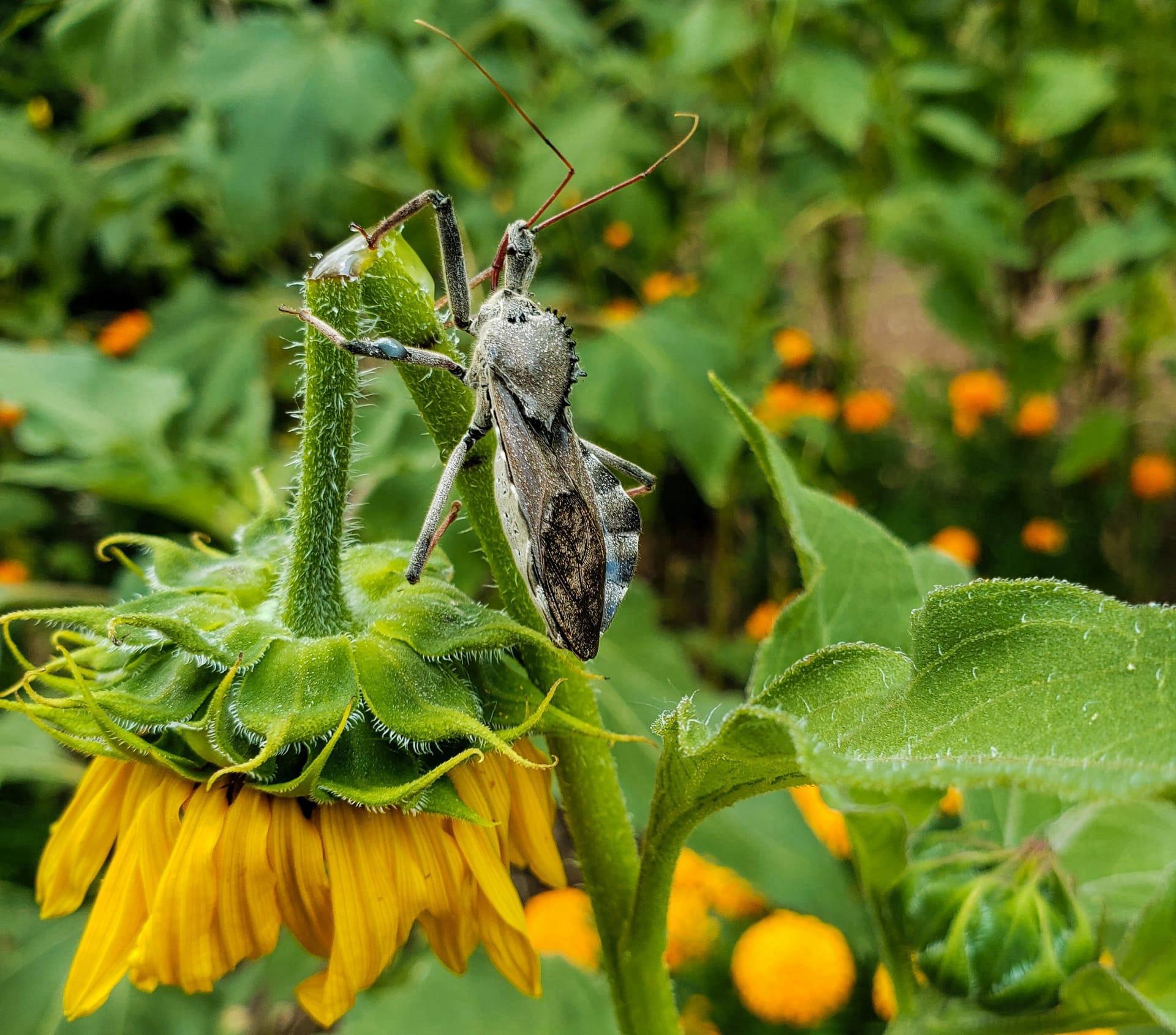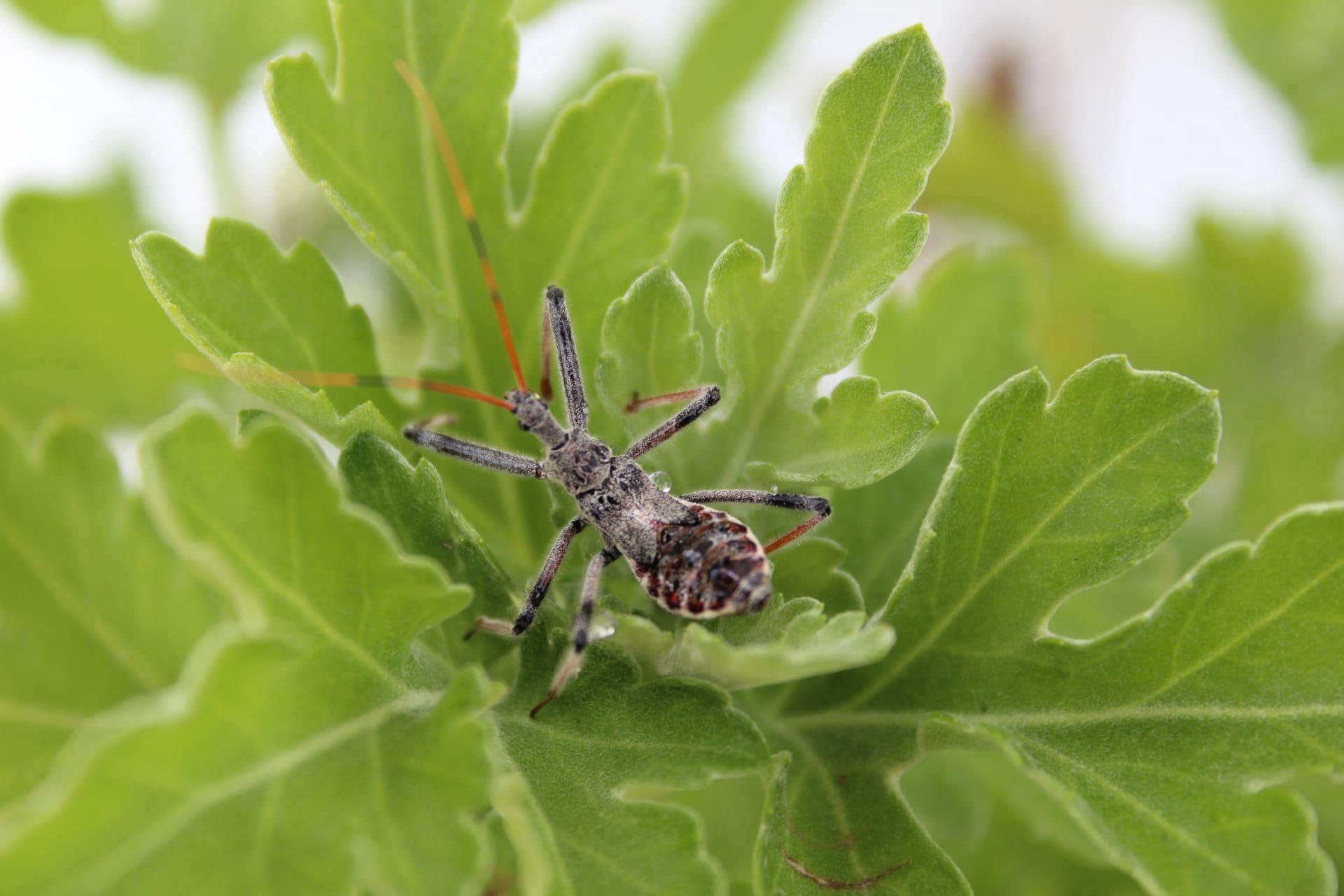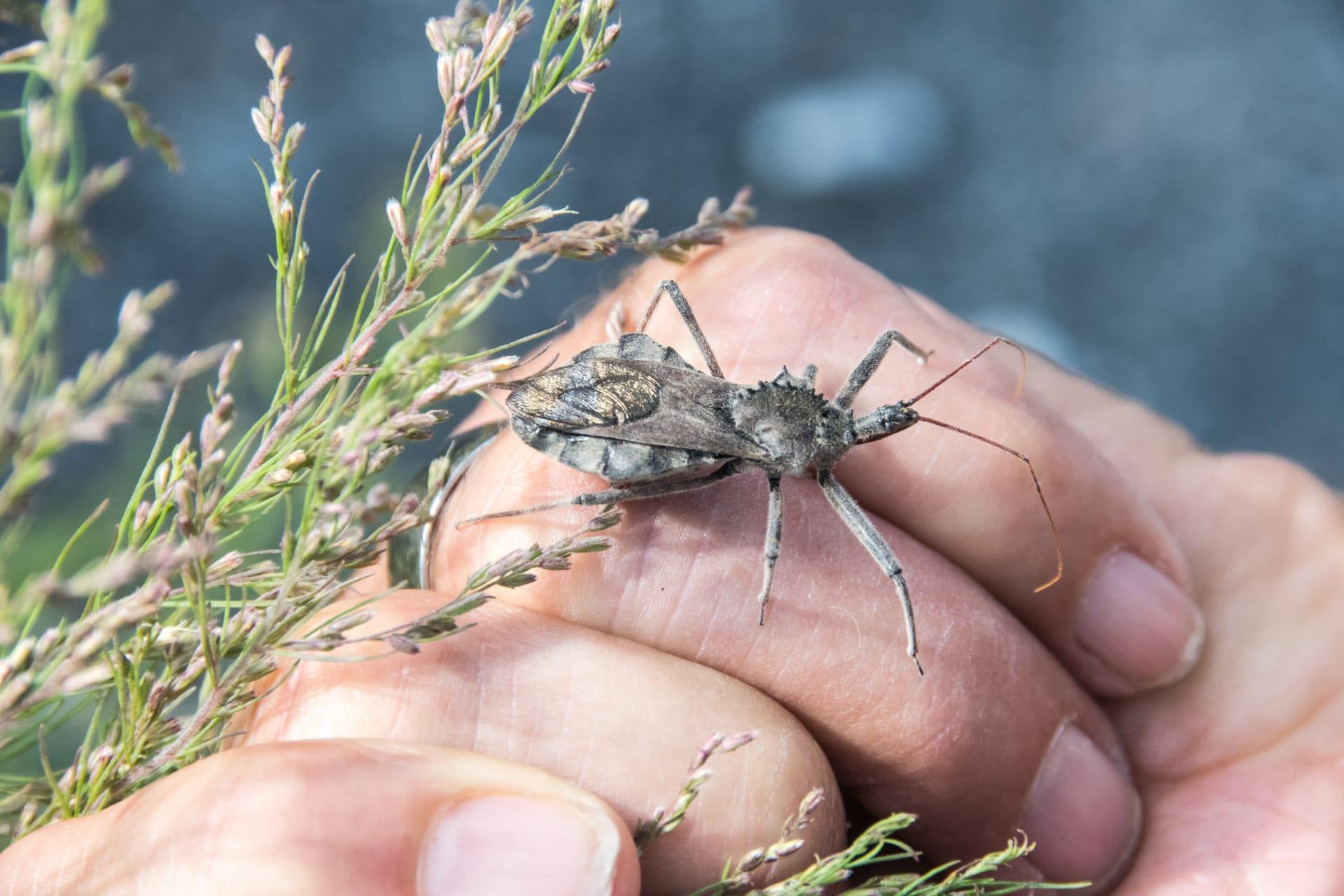Wheel Bug Characteristics
- Home /
- Mini Encyclopedia /
- Animal /
- Wheel Bug Characteristics
1
The Wheel Bug, or Arilus cristatus, is an intriguing insect with unique physiological characteristics. These bugs, part of the assassin bug family, are notable for their sizable dimensions. An adult Wheel Bug typically measures about 1 to 1.25 inches (2.5 to 3.2 cm) in length, making them one of the largest terrestrial true bugs in North America. Their lifespan is also remarkable, with most living up to a year, undergoing various stages from egg to nymph to adult in this period.
The most distinctive organ of the Wheel Bug is its cog-like crest on its thorax, resembling a spur or a wheel, hence its name. This crest, while visually striking, is not just for show. It serves as a defense mechanism, making the bug look larger and more intimidating to potential predators. But the true weapon of the Wheel Bug lies in its beak. This beak, technically known as a rostrum, is used to inject a paralyzing and digestive enzyme into its prey, typically other insects. This process allows the Wheel Bug to consume its prey efficiently, as the enzyme breaks down the internal structure, making it easier to ingest.

2
Question: Why do Wheel Bugs have a reputation for being beneficial in gardens?
Answer: Wheel Bugs are often considered a gardener's ally due to their diet, which primarily consists of garden pests. These bugs are voracious predators, feasting on a variety of insects that are harmful to plants, such as caterpillars, Japanese beetles, and aphids. Their method of hunting is both efficient and beneficial for plant health. By controlling the population of harmful insects, Wheel Bugs play a vital role in maintaining the ecological balance in gardens, reducing the need for chemical pesticides.

3
Wheel Bugs are known for their rather lethargic movement. They are not fast movers, preferring to slowly and stealthily approach their prey. This slow-motion approach helps them go unnoticed by their potential meals. Despite their size, they are also capable of flight, using their wings which are usually hidden under their characteristic armored backplate.
When it comes to feeding, Wheel Bugs are ambush predators. They use their formidable rostrum to swiftly stab their prey, injecting a potent saliva that contains enzymes. This saliva not only immobilizes the prey but also begins the digestion process. The Wheel Bug then sucks out the liquefied insides. This method of feeding is highly efficient, allowing them to consume a wide range of insects, which is integral to their role in the ecosystem as natural pest controllers.

4
The natural habitat of Wheel Bugs is diverse, ranging from orchards and gardens to wooded areas. They are commonly found across the eastern United States, thriving in environments where they can easily hunt and find shelter. These bugs prefer areas with ample foliage, as it provides them with hiding spots for ambushing prey and also offers protection from their own predators.
Reproduction-wise, Wheel Bugs are solitary except during mating season. The female lays clusters of eggs, usually in the fall, and attaches them to tree branches or under leaves. These barrel-shaped eggs are left to overwinter, with nymphs emerging in the spring. The nymphs, which lack the distinctive wheel-like structure, go through several molts before reaching adulthood. This reproductive cycle plays a crucial role in maintaining their population and controlling prey species in their habitats.

5
Book: "Insect Architects: The World of Wheel Bugs" by Dr. Helen Burgess, published in the United States in 2018. This book delves into the unique biological and behavioral aspects of Wheel Bugs. Burgess, an entomologist, provides an in-depth look at their life cycle, feeding habits, and role in the ecosystem. The book is filled with vivid photographs and illustrations, making it accessible to both enthusiasts and professional entomologists.
Book: "Garden Guardians: Predatory Insects in the Natural World" by Liam O'Donnell, published in Canada in 2020. O'Donnell's work focuses on various predatory insects, including the Wheel Bug, highlighting their importance in natural pest control. The book combines scientific research with practical gardening tips, offering insights into how these insects can be allies in maintaining healthy gardens. O'Donnell's engaging writing style makes complex entomological concepts easy to understand for the general reader.